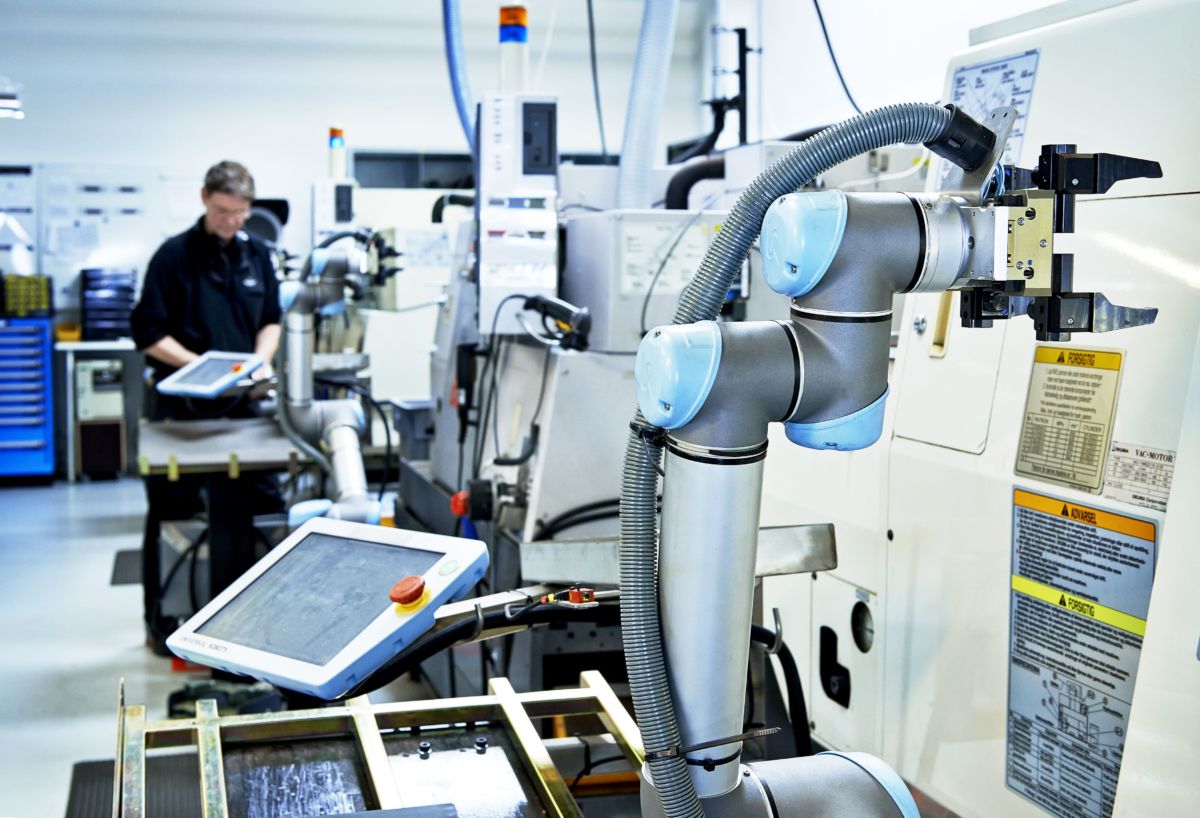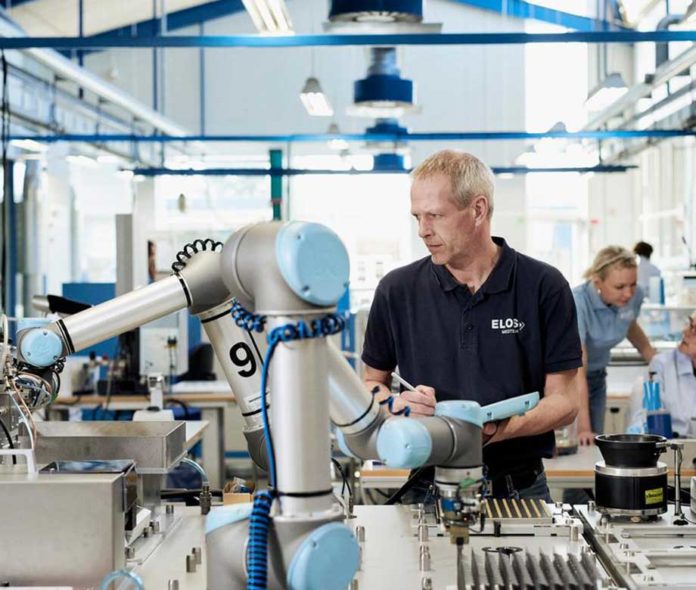Universal Robots (UR), a Denmark-based collaborative robots (cobots) technology market leader, urged local manufacturers to accelerate robotic automation and increase productivity while reducing workplace injuries.
In the Philippines, manufacturing accounts for the biggest share in safety-related accidents since 2015 according to the Philippine Statistics Authority’s data on Safety and Health in the Workplace Cases of Occupational Injuries. Yet, over the years, the number of recorded workplace accidents is still increasing across different industries, impacting business operational costs and employee suffering.
UR cobots can help ensure that workplaces maintain a healthy and safe environment. Cobots have the potential to decrease work challenges through advanced technologies that deliver productivity and process innovation for companies.
“UR cobots can perform tasks that may be dangerous or injury-prone for humans. With built-in safety features that slow the robot arm when a human enters its workspace, cobots can keep human colleagues safe from occupational injuries as it addresses repetitive and dangerous tasks in the manufacturing sector,” said James McKew, Universal Robots regional director of Asia-Pacific.

Recently, the IHS Markit Philippines Manufacturing Purchasing Managers’ Index (PMI) survey reported a promising outlook for the country’s manufacturing industry, highlighting the need to leverage technologies that can help the industry improve by boosting employee morale and productivity while reducing workplace injuries.
The adjustable safety system of UR cobots allows companies to configure a range of parameters to reduce the risks involved with implementing an industrial robot application. These include limiting the force, speed, power, or momentum of the robot or restricting its workspace using safety boundaries. Productivity gains, along with the inherently safe design of cobot solutions, mean this new automation technology could reduce up to 72% of the common causes of injury in manufacturing environments.
“As we move closer to the vision of Industry 5.0 — where man and machine work together on the smart factory floor, the need to consider the safety and compliance requirements of this new kind of workplace has become paramount. Undoubtedly, a collaborative workforce featuring humans and robots complements each other in their roles and offers significant opportunities to enhance manufacturing productivity, innovation, safety, and overall job satisfaction in the workplace,” said McKew.
McKew pointed out that companies can achieve a faster Return On Investment (ROI) by using UR cobots to free up workers’ time, allowing them to tackle higher productivity processes and ultimately acquire new skills.

Unlike traditional robots that require engineer-level programming, UR cobots are designed to make programming simple through human-machine interfaces (HMI) familiar to anyone who has used a smartphone. For more complex applications, Universal Robots has a comprehensive network of Certified System Integrators and Authorised Training Centres ready to support users with day-to-day operations after the initial installation. By eliminating the need for formal education in programming or robotics, such interfaces and capabilities make the skills gap and learning curve for using cobots diminishingly small. Universal Robots encourages local manufacturers to adopt the perfect man and machine collaboration. With cobots, manufacturers need not fear the impacts caused by work challenges and workplace accidents. The collaboration greatly reduces the time, effort, and cost associated with using the same cobot for various tasks as a cobot’s flexibility translates to a significantly faster return on investment.
